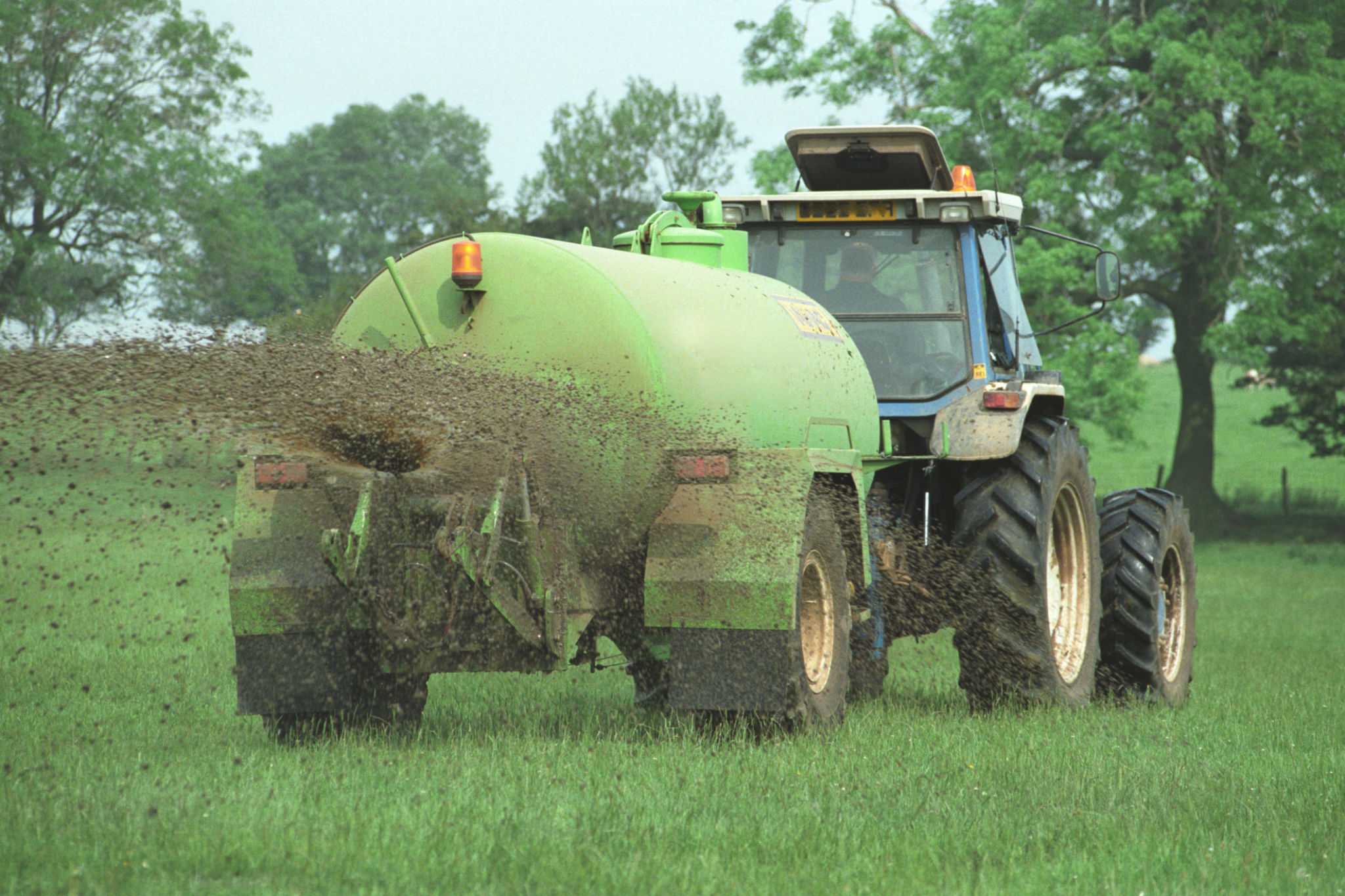Comparing Urea, DAP, SSP, and TSP: Which Fertilizer is Right for You?
Understanding Fertilizer Basics
Choosing the right fertilizer is crucial for optimizing plant growth and enhancing soil fertility. Among the most commonly used fertilizers are Urea, DAP (Diammonium Phosphate), SSP (Single Super Phosphate), and TSP (Triple Super Phosphate). Each of these fertilizers serves a unique purpose and offers specific benefits depending on the crop and soil requirements.
Understanding the composition and advantages of each fertilizer can help in making an informed decision. In this post, we'll explore the characteristics of Urea, DAP, SSP, and TSP to help you determine which one might be the best choice for your agricultural needs.

Urea: A Nitrogen Powerhouse
Urea is one of the most widely used nitrogen fertilizers. It contains 46% nitrogen, making it one of the highest nutrient content fertilizers available. Urea is cost-effective and can be applied to a variety of crops. Its high nitrogen content promotes vigorous plant growth and increases crop yield.
However, it's important to apply urea strategically to prevent nitrogen loss due to volatilization. Incorporating it into the soil or applying it just before a rain can be effective strategies. Urea is often chosen for its versatility and ability to enhance green foliage.
DAP: A Balanced Fertilizer
Diammonium Phosphate (DAP) is another popular choice among farmers due to its balanced nutrient profile. DAP contains both nitrogen and phosphorus, providing essential nutrients for early plant development. With 18% nitrogen and 46% phosphorus, it supports root development and overall plant vigor.

DAP is particularly useful for crops that require a boost in phosphorus during the early stages of growth. It's also known for its quick release of nutrients, which can be beneficial during critical growth periods.
SSP: The Phosphorus Specialist
Single Super Phosphate (SSP) is primarily valued for its phosphorus content, which is around 16%. It also provides calcium and sulfur, offering additional nutritional benefits. SSP is effective in soils that are deficient in phosphorus and is commonly used for root crops and leguminous plants.
One of the advantages of SSP is its ability to improve soil structure by increasing microbial activity. This can enhance nutrient availability and absorption by plants. It's often used in conjunction with other fertilizers to provide a balanced nutrient supply.

TSP: High-Phosphorus Fertilizer
Triple Super Phosphate (TSP) is known for its high phosphorus content, which ranges from 44% to 46%. TSP is ideal for soils with severe phosphorus deficiencies and supports strong root development. It's often used for fruiting plants and vegetables that require ample phosphorus.
TSP's concentrated formula means that it delivers a significant amount of nutrients with less product, making it an efficient choice for farmers looking to boost crop yields without overloading the soil with unnecessary elements.
Choosing the Right Fertilizer
When deciding between Urea, DAP, SSP, and TSP, consider your soil's nutrient profile, the specific needs of your crops, and the growth stage you are targeting. Here's a quick guide:
- Urea: Best for general nitrogen needs and enhancing foliage growth.
- DAP: Ideal for balanced phosphorus and nitrogen requirements during early growth stages.
- SSP: Suitable for phosphorus-deficient soils needing calcium and sulfur.
- TSP: Perfect for high-phosphorus needs without additional nutrients.
By understanding your specific agricultural context, you can select the fertilizer that will provide optimal benefits for your crops.
